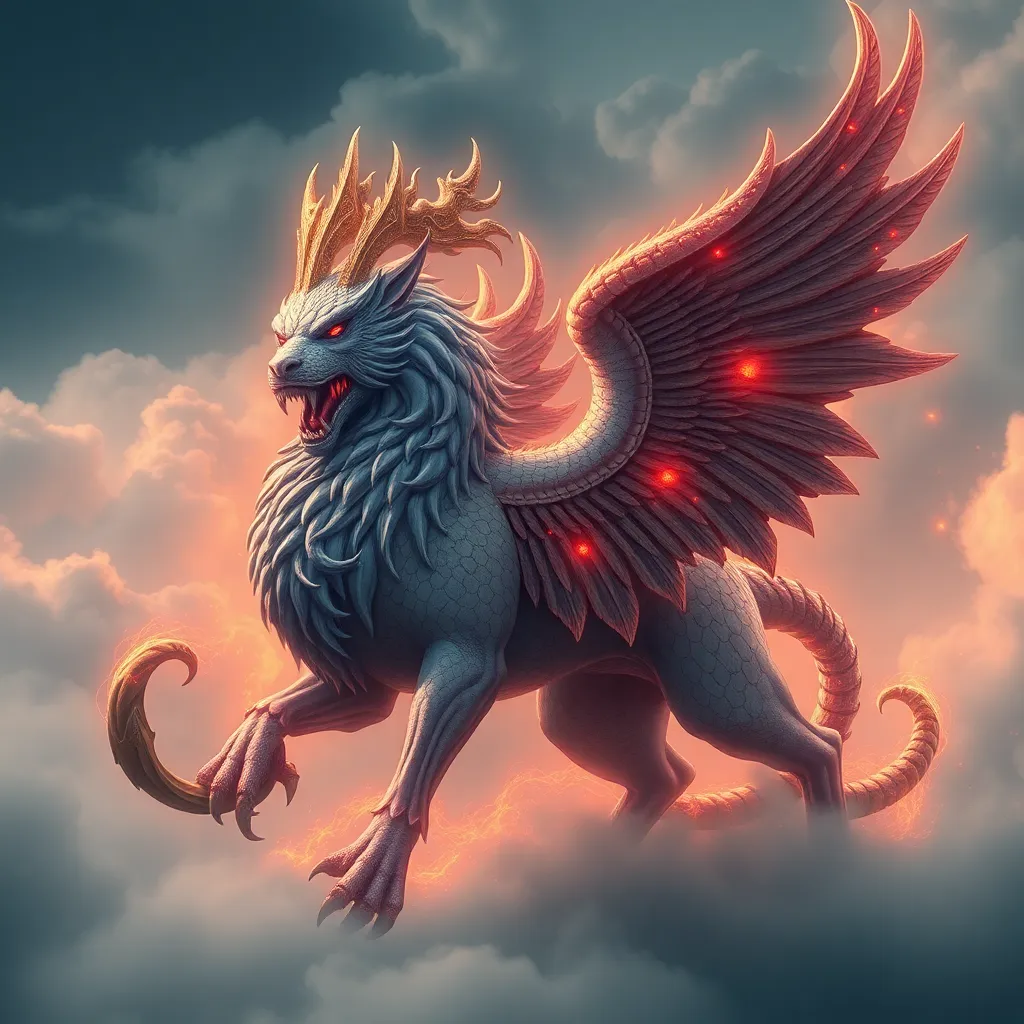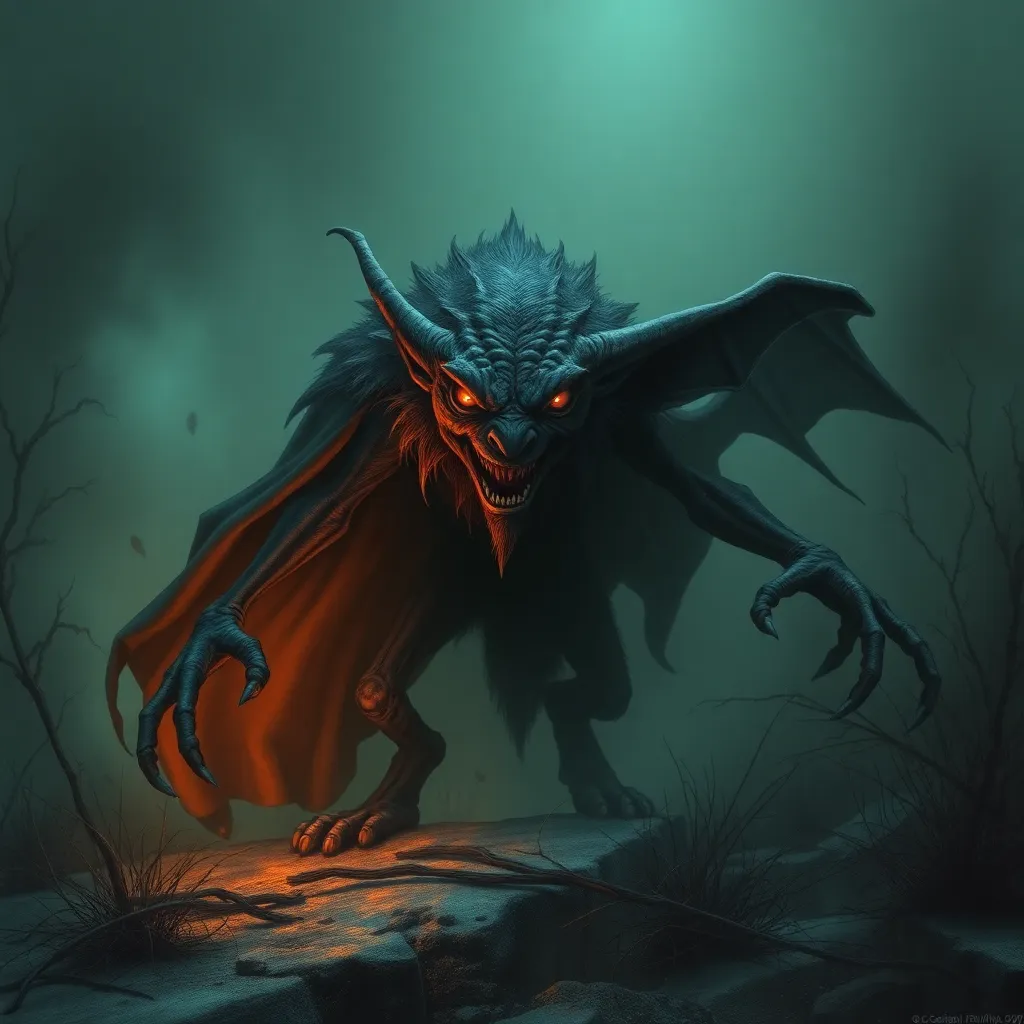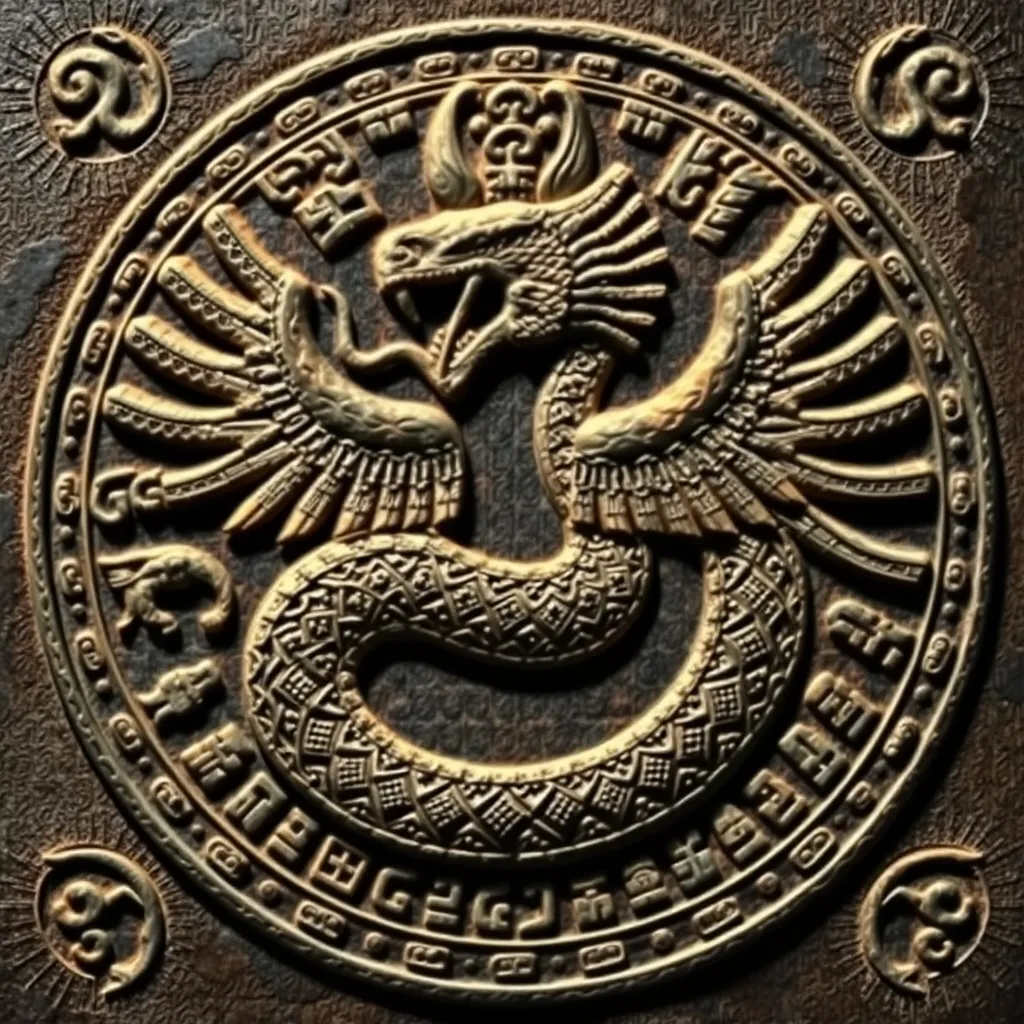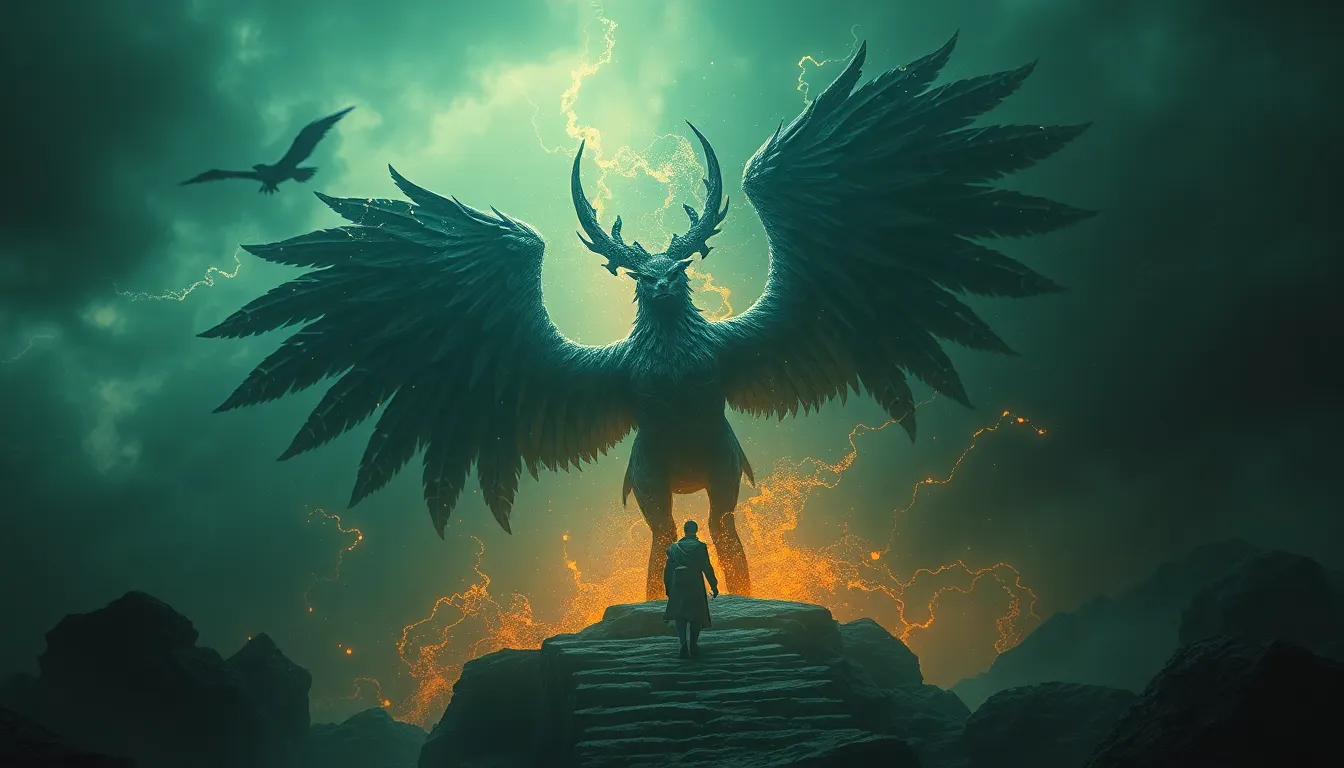The Lamassu and the Griffin: Exploring the Fusion of Mythological Beasts
I. Introduction
The Lamassu and the Griffin are two of the most fascinating hybrid creatures from ancient mythology, each embodying unique characteristics and profound symbolism. The Lamassu, originating from Mesopotamian culture, is depicted as a winged bull or lion with a human head, while the Griffin, prevalent in Mediterranean cultures, combines the features of an eagle and a lion. Both creatures have played significant roles in their respective mythologies and continue to captivate the imagination of people today.
Mythological creatures like the Lamassu and the Griffin serve as cultural symbols that reflect the values, beliefs, and artistic expressions of ancient societies. This article aims to explore the characteristics, symbolism, and cultural significance of these hybrid beasts, shedding light on their roles in history and their lasting impact on modern culture.
II. Origins of the Lamassu
A. Historical context in Mesopotamian culture
The Lamassu dates back to ancient Mesopotamia, particularly during the Neo-Assyrian Empire (911-609 BCE). It was common to see these monumental sculptures guarding the entrances of palaces and temples, symbolizing protection and strength. They were believed to ward off evil spirits and provide safety to the inhabitants of the buildings they adorned.
B. Description and characteristics of the Lamassu
Typically, the Lamassu is characterized by:
- A human head, representing wisdom and intelligence.
- The body of a lion or bull, symbolizing strength and power.
- Large wings, indicating divine protection and the ability to transcend earthly realms.
- Four legs, often shown in a stance that gives the illusion of movement, suggesting they are ready to spring into action.
C. Symbolism and purpose in ancient architecture and art
In ancient Mesopotamian art and architecture, Lamassu served as guardians. Their presence was not merely decorative; they were imbued with deep symbolism:
- Protection against evil and chaos.
- Representation of the king’s authority and divine right to rule.
- Connection between the earthly and divine realms.
III. Origins of the Griffin
A. Historical context in ancient cultures, particularly in the Mediterranean
The Griffin appears in various ancient cultures, notably in Greek, Roman, and Persian mythology. Its earliest representations can be traced back to the late Bronze Age, around 1500 BCE, particularly within the context of the Aegean and Near Eastern cultures. The Griffin was often associated with nobility and the divine, serving as a symbol of power and protection.
B. Description and characteristics of the Griffin
The Griffin is characterized by:
- The body of a lion, symbolizing strength and courage.
- The head and wings of an eagle, representing vision, speed, and the ability to soar to great heights.
- Powerful claws and a fierce demeanor, embodying the ferocity of both parent animals.
C. Symbolism and role in mythology and heraldry
In mythology and heraldry, the Griffin symbolizes:
- The union of the terrestrial and celestial, bridging the gap between earth and sky.
- Courage and protection, often appearing in the coats of arms of noble families.
- Wisdom and vigilance, serving as guardians of treasure and sacred sites.
IV. Comparative Analysis: Physical Traits and Attributes
A. Structural differences between Lamassu and Griffin
While both creatures share hybrid characteristics, they differ in their physical structures:
- The Lamassu has a more anthropomorphic presence due to its human head.
- The Griffin has a more avian aspect with its eagle head and wings, emphasizing its aerial nature.
B. Commonalities in their hybrid nature
Both the Lamassu and the Griffin represent a blend of different species, showcasing the ancient cultures’ fascination with the fusion of traits:
- Both creatures are seen as protectors, embodying attributes of strength and vigilance.
- They serve symbolic purposes, representing the connection between the human and divine.
C. Artistic representations throughout history
Artistic depictions of both creatures can be found in various forms, including:
- Reliefs and sculptures in ancient temples and palaces.
- Paintings and pottery from various cultures, showcasing their significance in mythology.
- Modern reinterpretations in literature and visual arts, reflecting their enduring legacy.
V. Symbolic Significance in Ancient Societies
A. Role of Lamassu in protection and guardianship
The Lamassu served as guardians in ancient Mesopotamian society, placed at entrances to signify protection. Their imposing presence was meant to instill fear in potential intruders while offering reassurance to the inhabitants.
B. Role of Griffin as a symbol of strength and courage
The Griffin was often invoked as a symbol of strength and courage in various ancient narratives, representing the valor of warriors and the divine protection afforded to them.
C. How these symbols reflect the values and beliefs of their respective cultures
Both creatures reflect the values and beliefs of their societies:
- For the Mesopotamians, the Lamassu illustrated the importance of divine protection and royal power.
- For the Greeks and Romans, the Griffin epitomized the ideals of nobility, strength, and the connection between humanity and the divine.
VI. The Influence of Lamassu and Griffin in Modern Culture
A. Reinterpretations in contemporary art and literature
In modern times, both the Lamassu and the Griffin have been reinterpreted in contemporary art and literature, often symbolizing the ongoing fascination with mythological themes. Artists draw on their rich histories to explore concepts of power, protection, and the blending of realities.
B. Presence in popular media and consumer culture
These mythological creatures have found their way into:
- Films and television shows that depict fantasy worlds.
- Video games where they serve as powerful allies or adversaries.
- Merchandising, where their imagery is used to evoke strength and mystery.
C. The resurgence of interest in mythological creatures
As society increasingly looks to the past for inspiration, there has been a resurgence of interest in mythological creatures like the Lamassu and Griffin. This reflects a broader cultural trend where people seek to connect with ancient narratives and the lessons they impart.
VII. The Intersection of Myths: Cultural Exchanges and Syncretism
A. Historical interactions between Mesopotamian and Mediterranean cultures
Historical trade routes and conquests facilitated cultural exchanges between the Mesopotamian and Mediterranean peoples, allowing for the sharing of myths and artistic styles.
B. The blending of mythologies and the evolution of hybrid creatures
This cultural interaction led to the blending of mythologies, resulting in new interpretations of existing creatures and the creation of entirely new hybrids. The Lamassu and Griffin can be seen as embodiments of this syncretism, where their distinct features reflect a shared understanding of strength and protection.
C. Examples of similar mythological fusions in other cultures
Similar hybrid creatures can be found in other cultures, such as:
- The sphinx in Egyptian mythology, combining human and lion features.
- The Nemean lion from Greek mythology, a lion with invulnerable skin.
- Various dragon-like creatures across cultures that embody the fusion of different animal traits.
VIII. Conclusion
In conclusion, the Lamassu and the Griffin serve as powerful symbols of protection, strength, and the blending of different cultural traditions. Their significance in ancient societies reflects the values and beliefs of the people who created them, while their enduring legacy continues to inspire contemporary artists and storytellers.
Understanding these mythological beasts allows us to appreciate the rich tapestry of human culture



